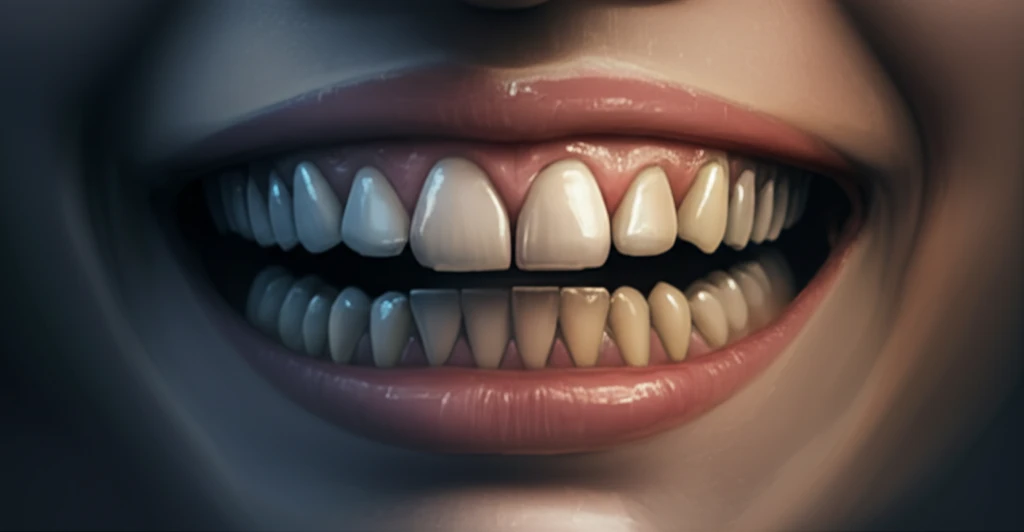
The Ultimate Guide to a Picture-Perfect Smile: How Gingival Contouring Redefines Dental Aesthetics
"Unlock the secrets to achieving harmonious 'pink-white esthetics' with our comprehensive guide on gingival contouring, the key to a captivating, confident smile."
In the ever-evolving world of cosmetic dentistry, the pursuit of a perfect smile has transcended mere tooth alignment and whitening. Today's discerning patients seek what's known as "pink-white esthetics"—a harmonious balance between the teeth (the "white") and the gums (the "pink"). This holistic approach recognizes that the gingival contour, or the shape of the gum line, plays a pivotal role in overall smile aesthetics.
Gingival contouring, also known as gum reshaping or gingivoplasty, is a cosmetic dental procedure designed to improve the appearance of the gums. It involves precisely reshaping the gum line to create a more balanced, symmetrical, and aesthetically pleasing frame for the teeth. Whether addressing excessive gum display (a "gummy smile"), uneven gum lines, or other irregularities, gingival contouring can dramatically enhance the smile's attractiveness.
Recent advancements in dental technology, particularly in digital dentistry, have revolutionized the way gingival contouring is planned and executed. Computer-aided design/computer-aided manufacturing (CAD/CAM) technologies, intraoral scanners, and 3D imaging now allow for highly precise and predictable outcomes. This article delves into the latest research and techniques in gingival contouring, exploring how these innovations are shaping the future of dental esthetics.
What is Gingival Contouring and Why Does It Matter?

Gingival contouring addresses a range of aesthetic concerns related to the gums. Understanding these issues is the first step in appreciating the transformative potential of this procedure. Common concerns include:
- Gummy Smile: Excessive display of gum tissue above the upper teeth.
- Uneven Gum Line: Asymmetrical or irregular gum contours that detract from smile symmetry.
- Receding Gums: Exposure of tooth roots due to gum recession, leading to sensitivity and an aged appearance.
- Enlarged or Swollen Gums: Excessive gum tissue that covers too much of the teeth, making them appear short.
- Irregular Gum Texture: Bumps, indentations, or other surface irregularities on the gums.
- Gingival Zenith (GZ): The highest point of the gingival margin on each tooth. Analyzing the position and symmetry of the GZs is crucial for creating a harmonious gum line.
- Gingival Line Angle (GLA): The angle formed by the gingival line and the midline of the face. This measurement helps ensure that the gum line is symmetrical and balanced.
- Lateral Incisor Distance (LID): The vertical distance between the GZ of the lateral incisor and the gingival line. This measurement helps determine the appropriate amount of gum display for the lateral incisors.
- Vertical Bisected Middle Surface (VBMS): The long axis of the clinical crown.
The Future of Gingival Contouring
As technology continues to advance, gingival contouring is poised to become even more precise, predictable, and patient-friendly. The integration of artificial intelligence (AI) and machine learning (ML) into dental software could further enhance treatment planning and execution, allowing dentists to create truly customized and natural-looking results. With its ability to transform smiles and boost confidence, gingival contouring is set to remain a cornerstone of modern cosmetic dentistry.
